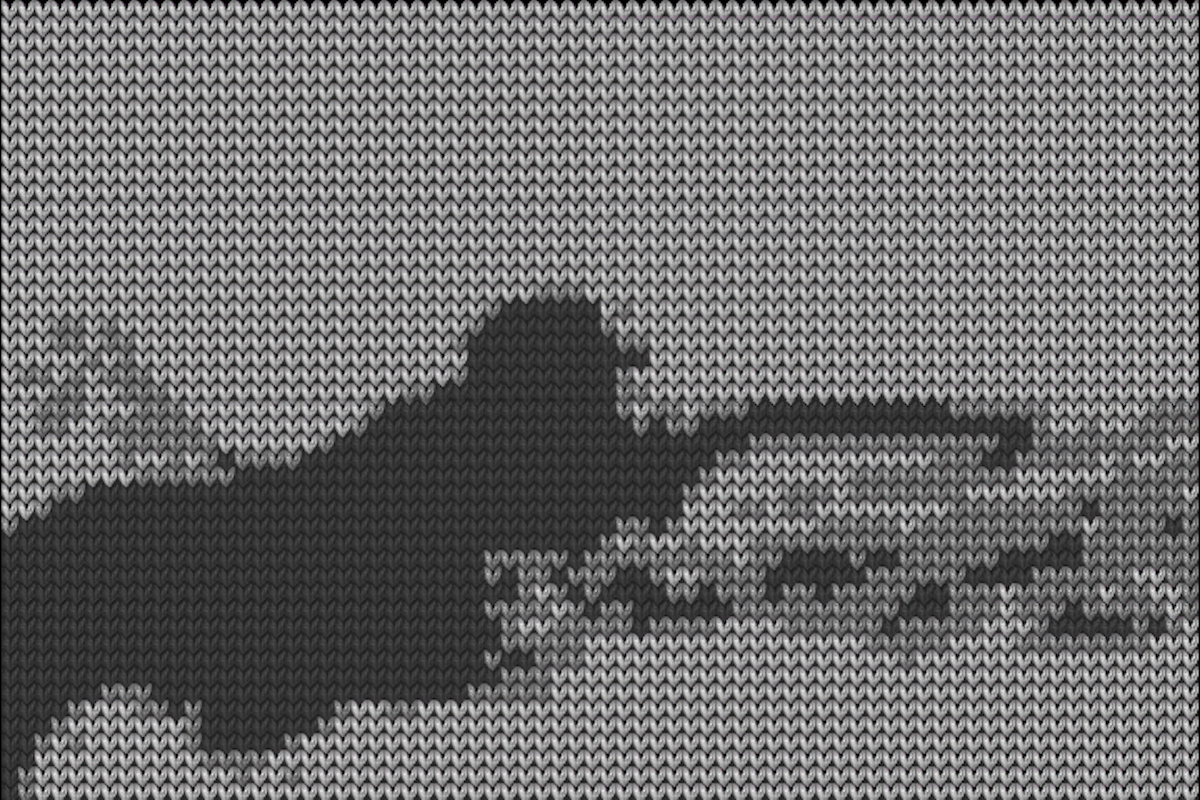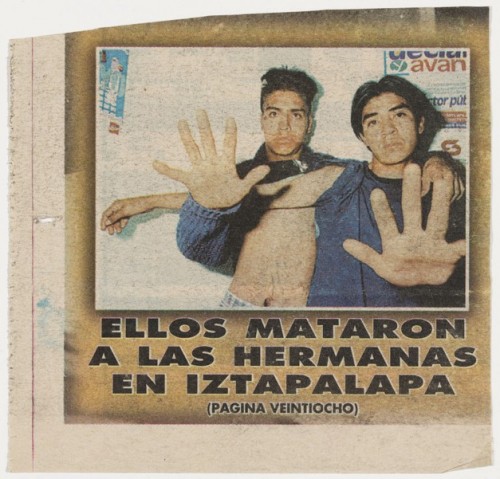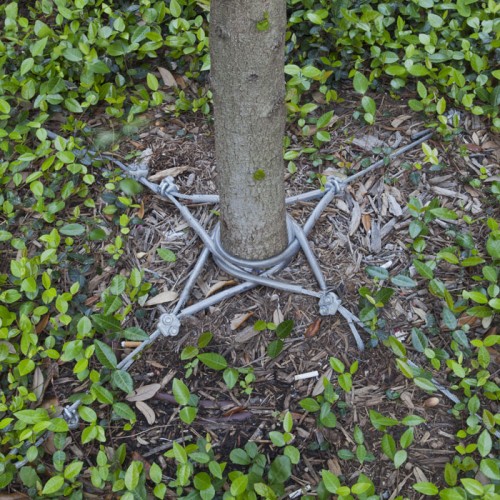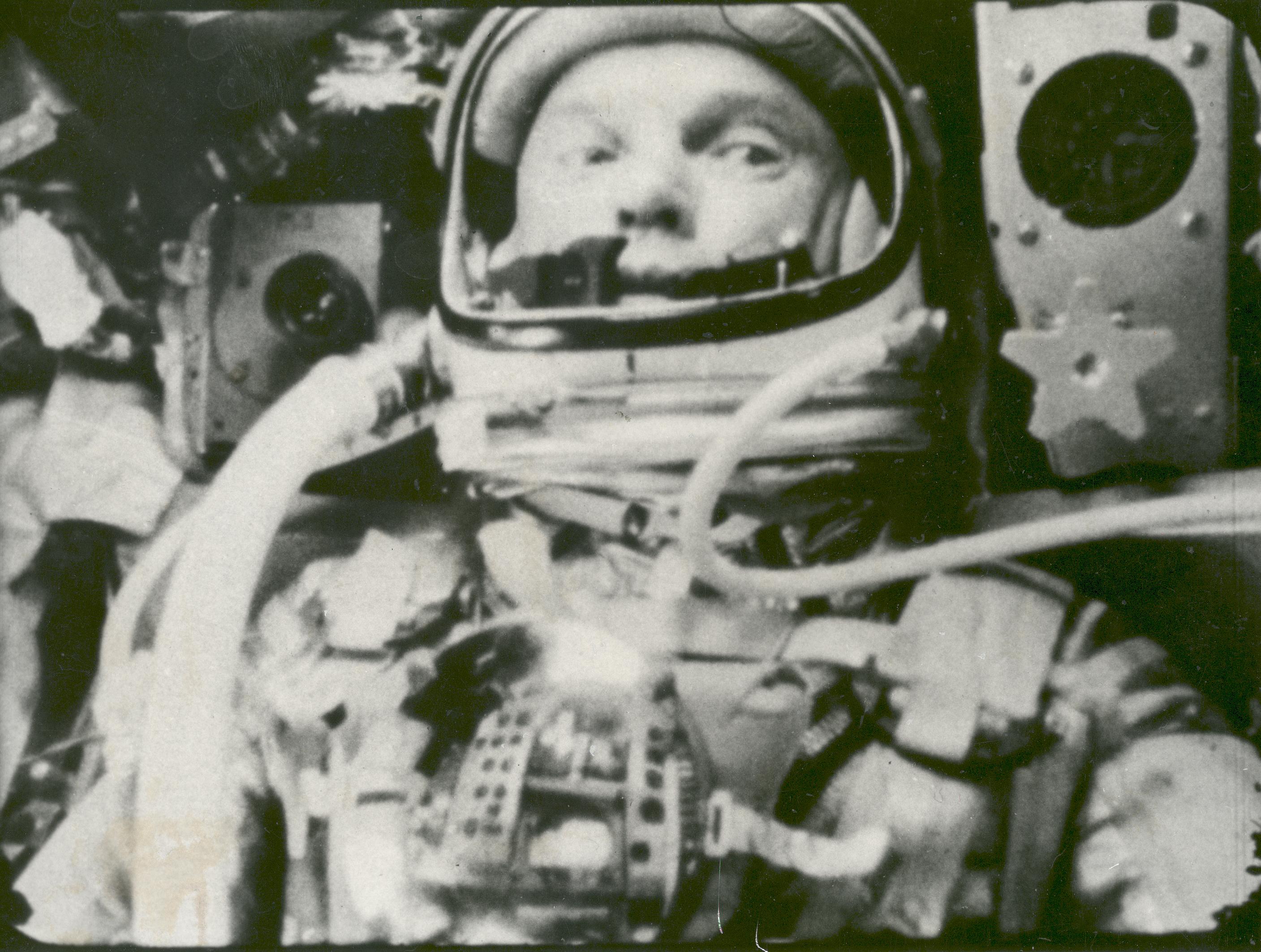Lucy Curzon Increasingly, within the domains of film studies, art history, and cultural and communication studies, the role of national identity as a component of visual analysis has become paramount. The work of Timothy Barringer, Robert Burgoyne, David Peters Corbett, Darrell William Davis, Nicholas Mirzoeff, Sarah Street, and Janet Wolff, amongst others, has demonstrated the importance of including, for example, ideas of “Americanness” or “Englishness” in the discussion of painting, photography, and cinema.1 The purpose of this issue of Invisible Culture, therefore, is to investigate how visual culture can be analyzed as an expression of national identity, including how questions of national identity are negotiated through different forms of visual culture. Visual culture, in this context, is understood not as a mirror that reflects national identity, but rather a complex venue for its interpretation – a site through which populations come into consciousness as members of a particular community. J.T.H. Connor and Michael G. Rhode explore the complicated relationship between medical photography and national identity, in both “high art” culture and the broader realm of visual studies. …





